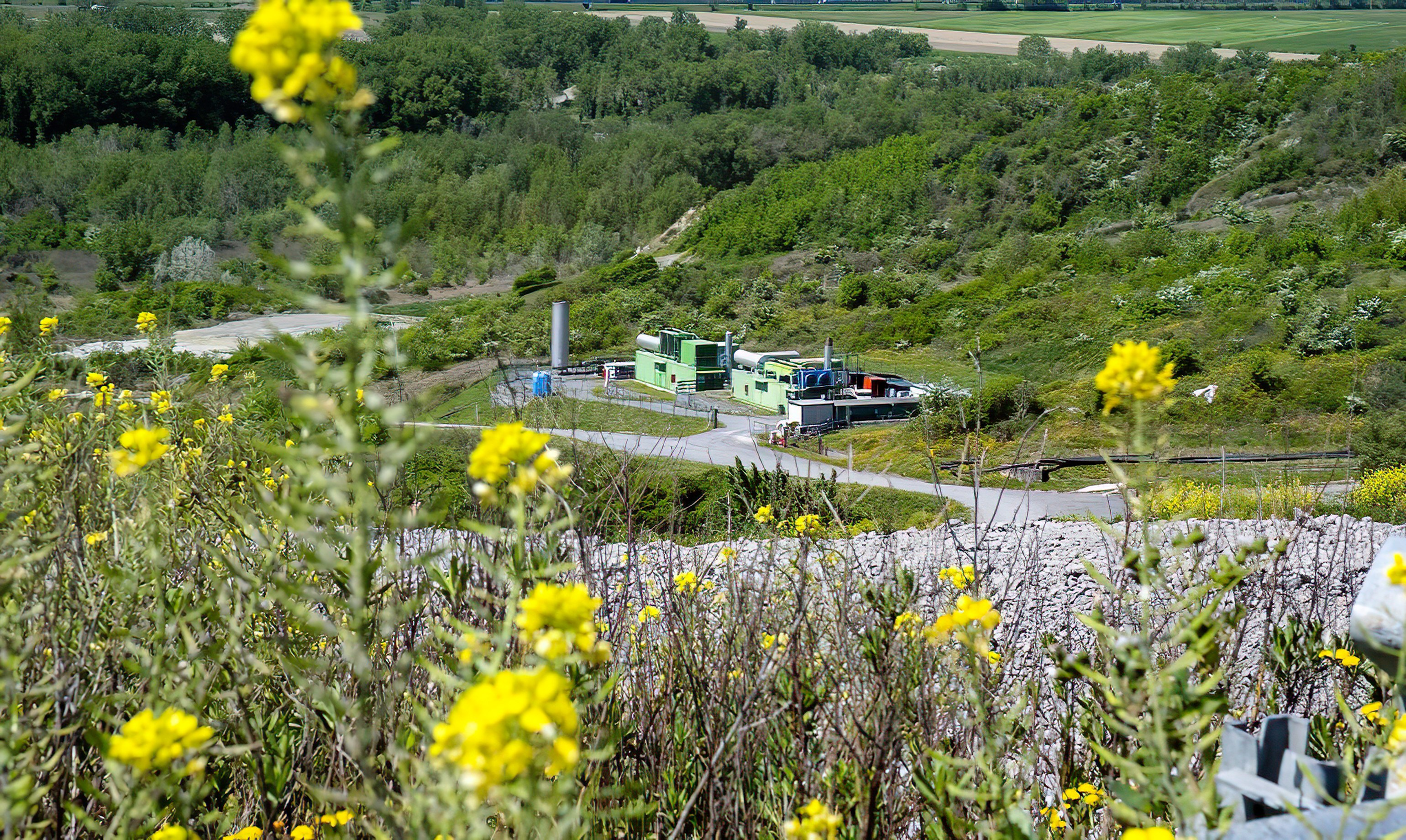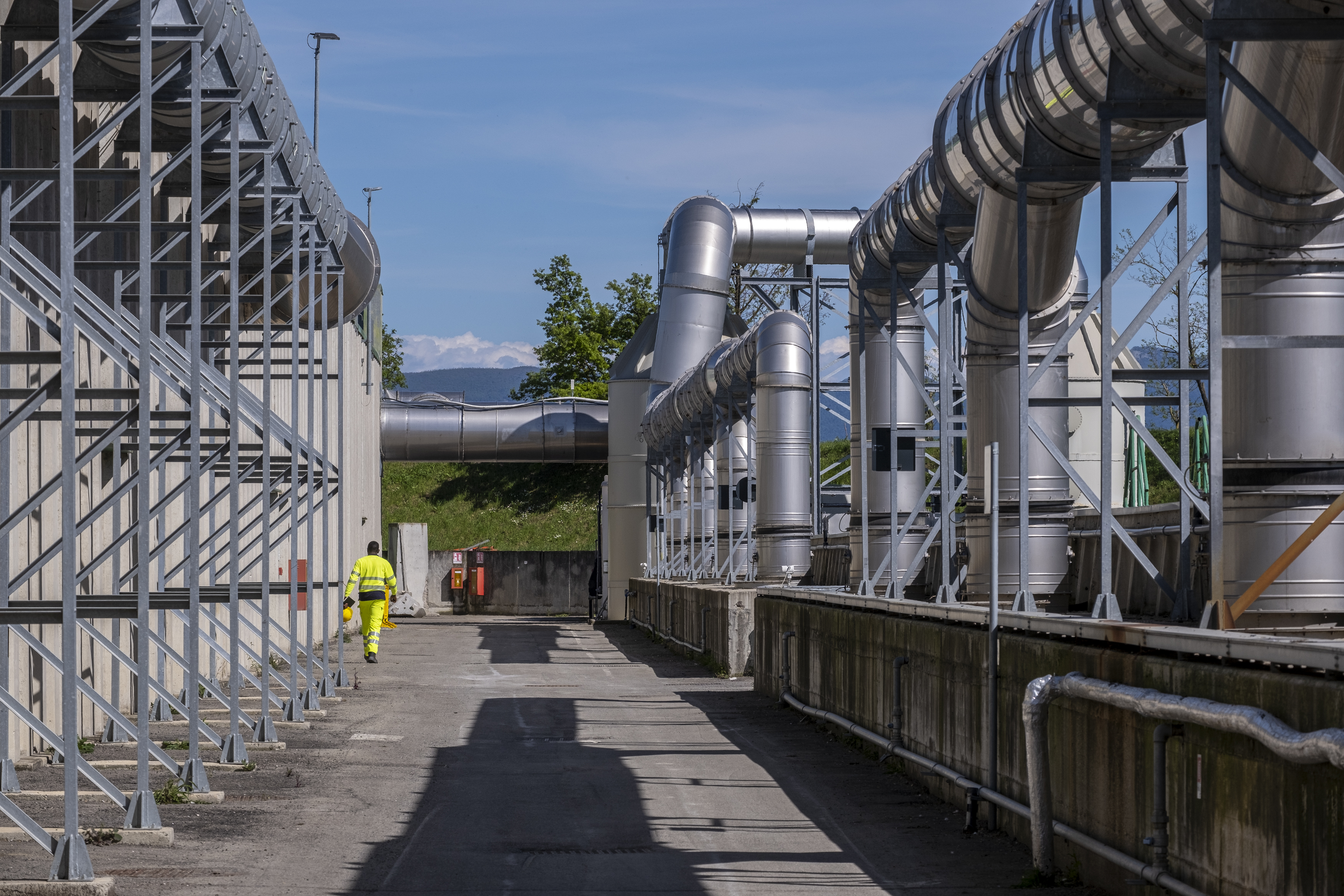
How energy is generated from biogas
The production process differs depending on the type of plant.
Through biogas production, we transform organic waste, agricultural waste and sewage sludge into energy.


A natural process that produces a gas mixture consisting mainly of methane and carbon dioxide, convertible into electricity and thermal energy. Biogas is generated by anaerobic digestion of organic matter, a process in which microorganisms decompose substances in the absence of oxygen. The biogas is then used to generate electricity and thermal energy through cogeneration.
The production process differs depending on the type of plant.
In integrated plants, biogas is produced through a four-stage process. It begins with the pre-treatment of OFMSW (Organic Fraction of Municipal Solid Waste) and other organic matrices to eliminate unwanted materials. Subsequently, the organic material is sent to anaerobic digestion reactors, where biological degradation occurs in the absence of oxygen, producing biogas. The biogas is then purified and conveyed to cogeneration units, where its combustion produces electricity and thermal energy.
In landfills, non-recoverable waste is treated, compacted and covered with clay, creating an ideal anaerobic environment for organic matter degradation. This natural process produces biogas, which is extracted through drain wells and conveyed to a combustion system. The combustion of biogas in cogeneration units produces thermal energy, which is partly recovered to heat the plant, and subsequently converted into electricity, used partly for self-consumption and partly fed into the electricity grid.

A shared commitment to renewable energy
Biogas production is a fundamental process for waste management and valorization, which requires collaboration between citizens and industry. Accurate separate collection properly executed by citizens is essential for the proper functioning of plants, optimizing energy production and reducing waste. Biogas is not only produced in composting plants, but also in landfills and liquid waste treatment plants. This type of collaboration between the community and the industrial system is a crucial step towards sustainable waste management and efficient use of resources.